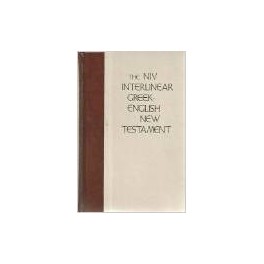

Left to right: Greek, Latin Vulgate, cross-references in the margin. Contents īeginning of Matthew recto page. Įrasmus acknowledged using the Complutensian in the 1527 edition of his Novum Testamentum. The direct influence of the Complutensian Polyglot was attenuated because, according to a much later letter of Philip II of Spain, a significant number of copies were lost in a shipwreck in transit to Italy around 1521. Cardinal Cisneros died in July 1517, five months after the Polyglot's completion, and never saw its publication. It is believed to have not been distributed widely before 1522. Because of Erasmus' exclusive privilege, publication of the Polyglot was delayed until Pope Leo X could sanction it in 1520. The Complutensian Old Testament was completed in 1517. The New Testament was completed and printed in 1514, but its publication was delayed while work on the Old Testament continued, so they could be published together as a complete work. The scholars met in Alcalá de Henares, a city near Madrid also known by its Latin name Complutum, at Complutense University. Hernán Núñez de Toledo was also the chief Latinist. Antonio de Nebrija was specifically called for the translation of the Vulgate.


Demetrius Ducas a scholar from Crete, Hernán Núñez de Toledo ("The Pincian") and Juan de Vergara were in charge of the translation from Greek manuscripts. Other conversos working on the project were Alfonso de Alcalá, Pablo de Coronel. Second in command, Alfonso de Zamora (1476–1544) was a converted Jewish scholar, an expert in Talmudic studies, and spoke Hebrew as his first language. Converted translators and academics were favoured and specifically sought since they were fluent in the source languages and the cultures of the texts.

He was given a team of various translators. Translation process ĭiego López de Zúñiga, was the chief editor and fluent in Latin as well as both Aramaic and Arabic. One of the answers to this debate was the polyglot bible, which Cisneros hoped would end the issue forever. The customary answer to this debate was to ask religious authorities to examine the translation and cross-check different translations to Castillian, but that in turn created a debate about the qualifications of the religious authority itself to properly translate from the original sources. Of the 600 six-volume sets which were printed, only 123 are known to have survived to date. It includes the first printed editions of the Greek New Testament, the complete Septuagint, and the Targum Onkelos. The edition was initiated and financed by Cardinal Francisco Jiménez de Cisneros (1436–1517) and published by Complutense University in Alcalá de Henares, Spain. The Complutensian Polyglot Bible is the name given to the first printed polyglot of the entire Bible. Lower part: Aramaic Latin translation of Aramaic Aramaic roots in margin. Upper part: Greek LXX with Latin interlinear Latin Vulgate Hebrew Hebrew roots in margin.


 0 kommentar(er)
0 kommentar(er)
